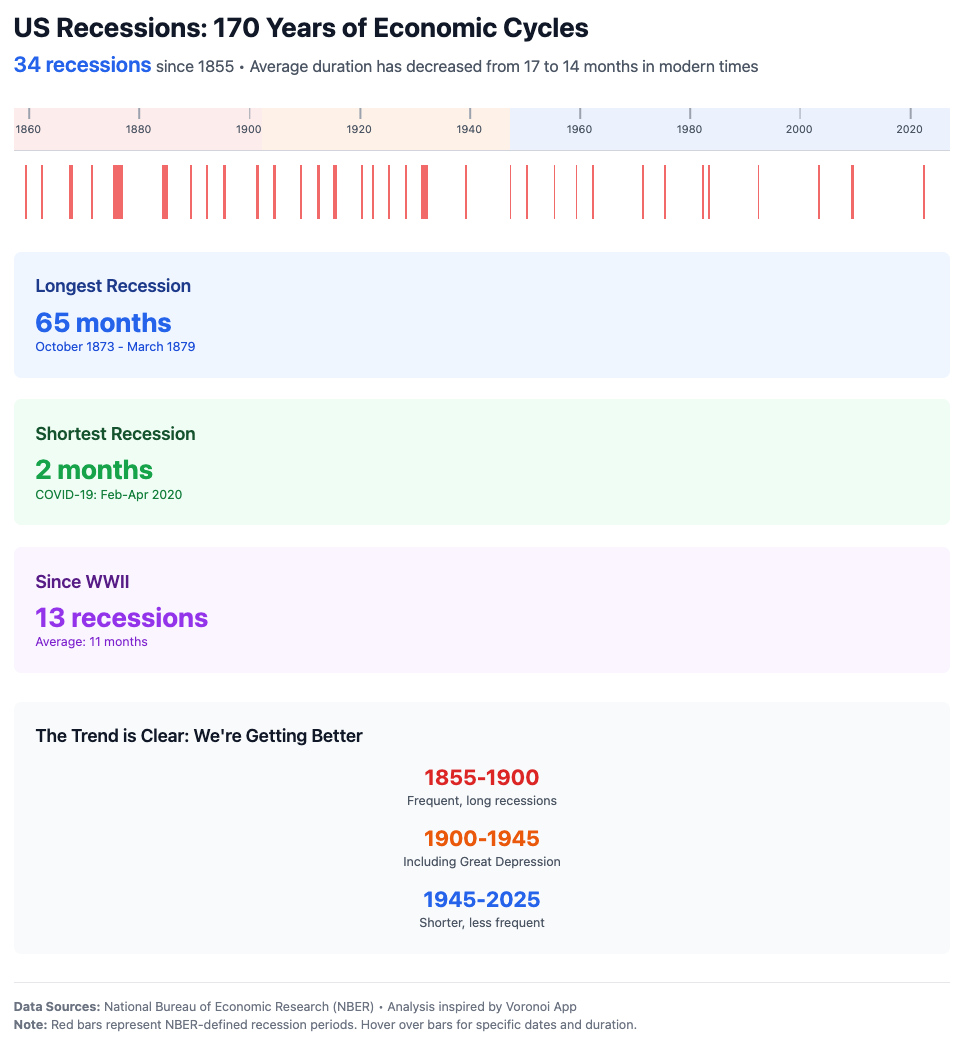Tax efficient business sale: Employee Stock Ownership Plans
- Anatoly Iofe

- Sep 13, 2023
- 3 min read

Employee Stock Ownership Plans (ESOPs) have gained prominence as a compelling strategy for business owners to share ownership with their employees while achieving various financial and strategic objectives. This article explores what ESOPs are, how they work, why business owners choose them, and compares ESOPs to other liquidity alternatives. Additionally, we'll provide an illustration of an ESOP versus a taxable sale, offer an ESOP candidate checklist, and touch on S-corporation ESOP opportunities.
What is an Employee Stock Ownership Plan (ESOP)?
An Employee Stock Ownership Plan (ESOP) is a unique retirement plan that allows employees to become partial owners of the company they work for. Through ESOPs, employees are allocated shares of the company's stock over time, providing them with a stake in the company's success and financial well-being. ESOPs are typically used as a tool for transitioning business ownership to employees gradually.
How do ESOPs work?
ESOPs work by establishing a trust to hold shares on behalf of employees. Below are the initial structuring and ongoing steps to illustrate the process:
Initial structuring steps:
Company creates ESOP trust
Company borrows funds from outside capital provider (“outside financing”)
Company re-lends the funds to the ESOP (“inside financing”)
ESOP uses funds from “inside financing” to purchase shares from selling shareholders (cash in exchange for stock)
*Optional: If a C-Corp at the time of sale, selling shareholders can elect IRC section 1042 in order to defer capital gains tax associated with the sale
Ongoing steps:
Company makes tax-deductible contributions to ESOP
ESOP repays the “inside financing” to company
Company repays “outside financing” to the outside capital provider
As the “inside loan” is repaid, shares held as collateral for the “inside loan” are released and allocated to retirement accounts for the employees
Employees become beneficial owners of the allocated shares but cannot sell them until they leave the company or meet certain retirement criteria. As the company's value increases, so does the value of the ESOP participants' accounts. This setup aligns employee interests with the company's success, promoting a sense of ownership and dedication.
Why do business owners choose ESOPs?
Business owners opt for ESOPs for various reasons:
Exit Strategy: ESOPs provide a gradual and tax-efficient exit strategy for business owners who want to retire or sell their company.
Employee Retention and Motivation: ESOPs boost employee morale, retention, and productivity by offering a direct financial stake in the company's success.
Tax Advantages: ESOPs can provide tax benefits, including potential deductions on interest payments for ESOP financing.
Ownership Transition: ESOPs allow business owners to transition ownership to employees while preserving the company's legacy and culture.
ESOPs Compared to Other Liquidity Alternatives:
When considering liquidity options, business owners often weigh ESOPs against alternatives like a sale to a third party or private equity. Here's a comparison:
ESOP vs. Sale to a Third Party: While a sale to a third party might yield higher immediate cash, ESOPs enable owners to maintain legacy and culture, benefit from tax advantages, and motivate employees.
ESOP vs. Private Equity: Private equity firms may bring capital and expertise but often involve relinquishing control. ESOPs allow owners to stay involved while sharing ownership and responsibility with employees.
ESOP vs. Taxable Sale hypothetical scenario:
ESOP:
Business Value: $10 million
Owner's Tax Basis: $2 million
ESOP Buys 100% Ownership: $10 million
Owner Capital Gains Tax: Deferred until distribution
Taxable Sale:
Third Party Buys 100% Ownership: $10 million
Owner Pays Capital Gains Tax: Immediate, approx. 20% federal plus state taxes
In this scenario, the ESOP provides the owner with the benefit of deferring capital gains tax until distributions occur, preserving more funds for retirement.
ESOP Candidate Checklist:
If you're considering an ESOP, here's a checklist to guide you:
Assess Company Readiness: Ensure your business is financially stable, with a capable management team.
Valuation: Determine the company's fair market value to negotiate a fair deal.
Financing: Explore financing options for the ESOP transaction.
Employee Education: Prepare employees for the transition and educate them about ESOP benefits.
Legal and Tax Advisors: Seek expert guidance on the legal and tax aspects of the ESOP process.
Additional S-corporation ESOP Opportunities:
For S-corporations, ESOPs offer unique advantages. They allow S-corporations to avoid federal income taxes, leading to significant tax savings. Owners of S-corporations should consult with experts to explore the specific benefits and compliance requirements of S-corporation ESOPs.
ESOP is a powerful tool for business owners seeking to transition ownership, motivate employees, and reap tax benefits. By gradually sharing ownership with employees, owners can preserve their legacy while promoting a sense of commitment and dedication within their workforce. Understanding the nuances of ESOPs, comparing them to other liquidity options, and following a comprehensive checklist can help business owners make informed decisions about the future of their companies. Moreover, for S-corporations, ESOPs present even more tax advantages, making them an attractive option worth considering.
Have questions, schedule your no-obligation consultation here.
The information in this material is not intended as tax or legal advice. Please consult legal or tax professionals for specific information regarding your individual situation.




